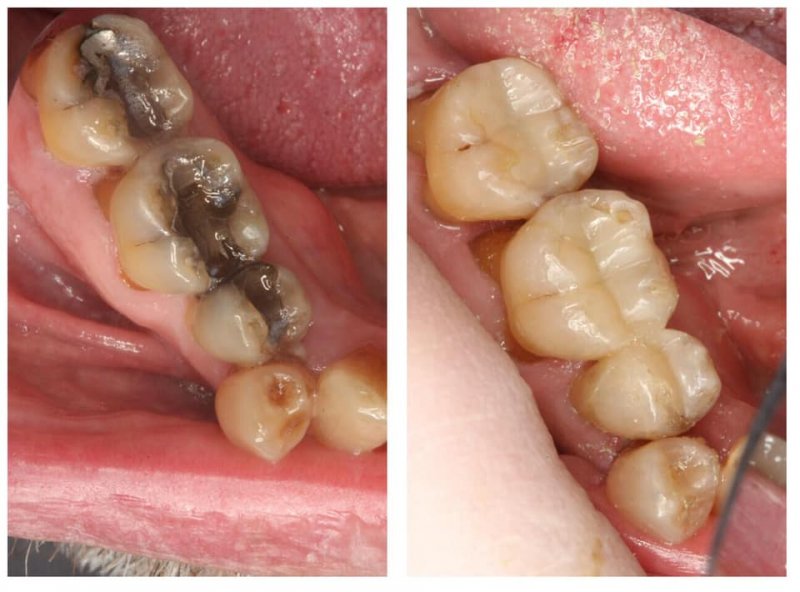
For over 150 years (according to the FDA), dentists have been using fillings to repair teeth that have suffered from decay. Traditionally, they’ve been made out of metals such as gold or a silver amalgam, but nowadays your restoration could be made out of a composite resin – also known as a tooth-colored filling. Depending on your situation, there’s a good chance your dentist in Kittanning will recommend this type of filling over a metal one. Here are just 3 reasons why you might benefit from fixing your smile with a tooth-colored material.
1. Tooth-Colored Fillings are More Attractive
While gold and silver amalgam fillings are very strong and durable, they’re not very aesthetically pleasing when they’re placed in your mouth. In many cases, they’ll make you look significantly older and could draw attention whenever you smile; over time, you might find yourself becoming more self-conscious and less willing to show off your teeth.
Composite resin, by comparison, is much more attractive. It’s naturally white and can be shaded so that it blends in with the rest of your tooth. As a result, others will only a see a perfect row of dazzling, natural teeth without even realizing that you have a filling.
2. Tooth-Colored Fillings Can Strengthen the Tooth
One of the downsides of metal fillings is that your dentist often needs to remove healthy enamel before they can be placed. That ends up weakening the tooth in the long run. On the other hand, composite resin can bond directly with the tooth itself, and it can easily be shaped to securely fit against the enamel walls. The result? Your tooth ends up stronger and also enjoys better protection against invasive bacteria that could create another cavity.
3. Tooth-Colored Fillings are Safer
Some patients are allergic or sensitive to metal, so they may react poorly to a traditional gold or silver amalgam filling. Moreover, many of these fillings contain mercury, a substance that many dentists consider to be unsafe. A tooth-colored filling made from composite resin is hypoallergenic (meaning there’s little chance of an allergic reaction), and it doesn’t contain any harmful materials.
There’s also the matter of temperature to consider. When metal fillings are exposed to hot or cold foods and beverages, they expand and contract, which could eventually crack or fracture the tooth. Composite resin fillings don’t have this problem.
Are you worried about the health and appearance of your smile after your filling has been placed? Ask your dentist about composite-resin fillings today. Odds are that if they are a good fit for you, they could end up making all the difference in creating a grin that’s as healthy as it is beautiful.
About the Author
Dr. Ray Voller is a member of the Pennsylvania Dental Association and is an active lecturer who regularly addresses fellow dental professionals and students about the different aspects of modern dentistry. He is very passionate about restorative dentistry and is pleased to offer tooth-colored fillings as a modern alternative to gold and silver amalgam. To schedule an appointment at his practice, Voller Dentistry, visit his website or call (724) 543-4948.
